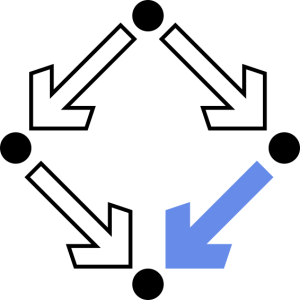General
Section outline
-
Formal Semantics of Programming Languages (326.027, SS 2011)
Time: Friday, 8:30-10:00. Room: HS 13. Start: March 11, 2011.
While the syntax of a programming language is always formally specified, the equally important aspect of definining its meaning is often left to natural language which is ambiguous and leaves many questions open. In order to understand the inherent properties of a language (e.g. for constructing a compiler), we should have a deeper understanding.
This course presents some major methods for defining the formal semantics of programming languages (and thus programs) and discusses their relationship:
- Denotational Semantics
- A programming language is defined by a valuation function that maps a program into a mathematical object which is considered as its meaning.
- Operational Semantics
- A programming language is defined by reduction rules that describe how the initial state of a program is transformed step by step into the terminal state.
- Axiomatic Semantics
- A programming language is defined by correctness assertions that describe how to draw conclusions about the input/output interface of a program.
The participants are expected to elaborate small exercises which will be used for grading (there will be no final exam).
To take part in the course, you have to enrol in the KUSSS system. Since the exercises will be submitted via Moodle, you also have to login in Moodle and register as a course participant. You will then also receive per email all messages posted in the Announcements forum and may yourself post messages in the Questions and Answers forum.
